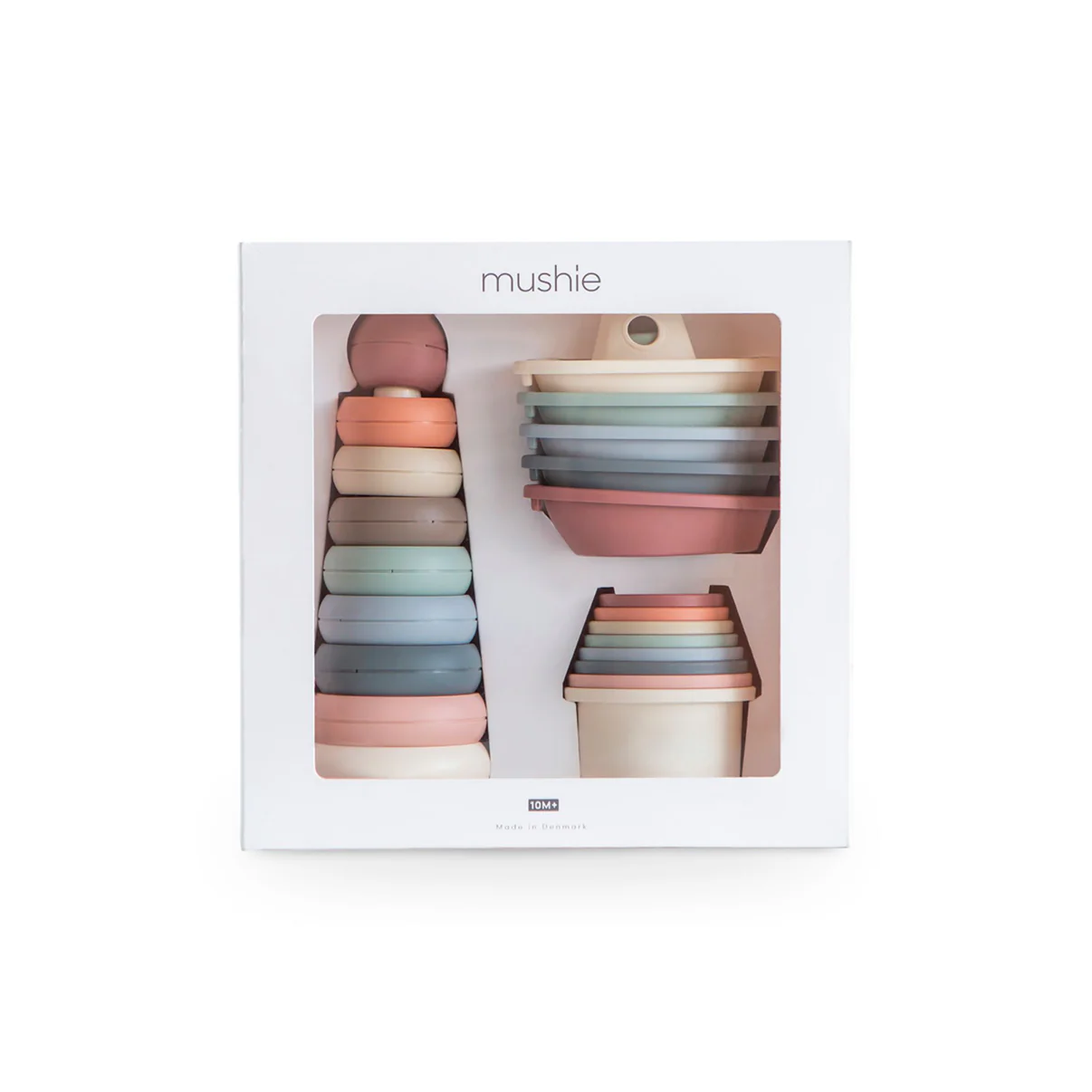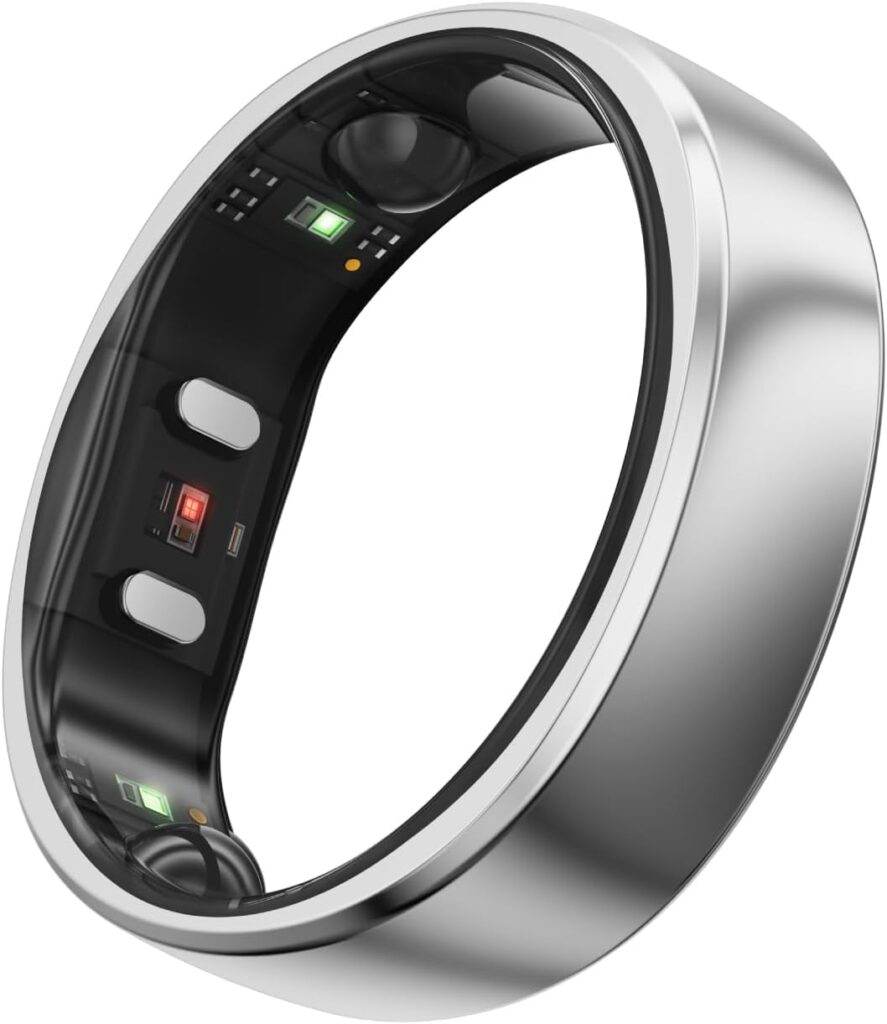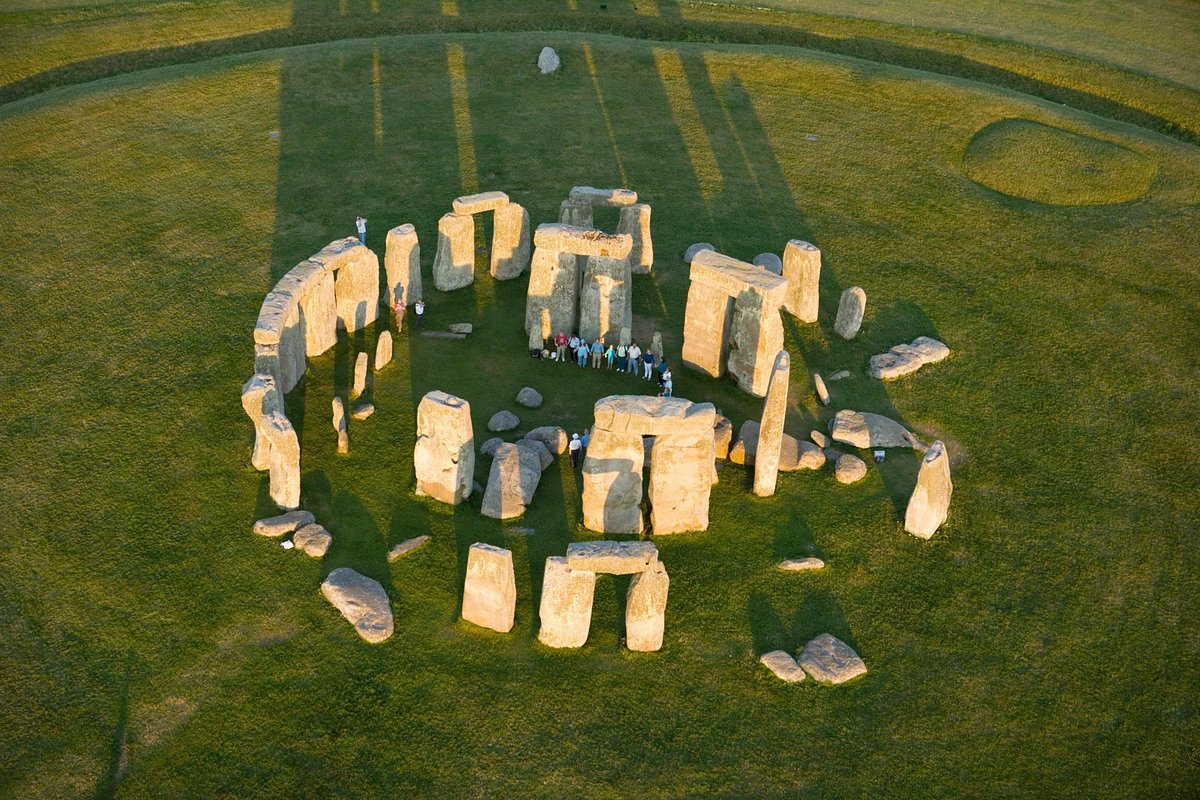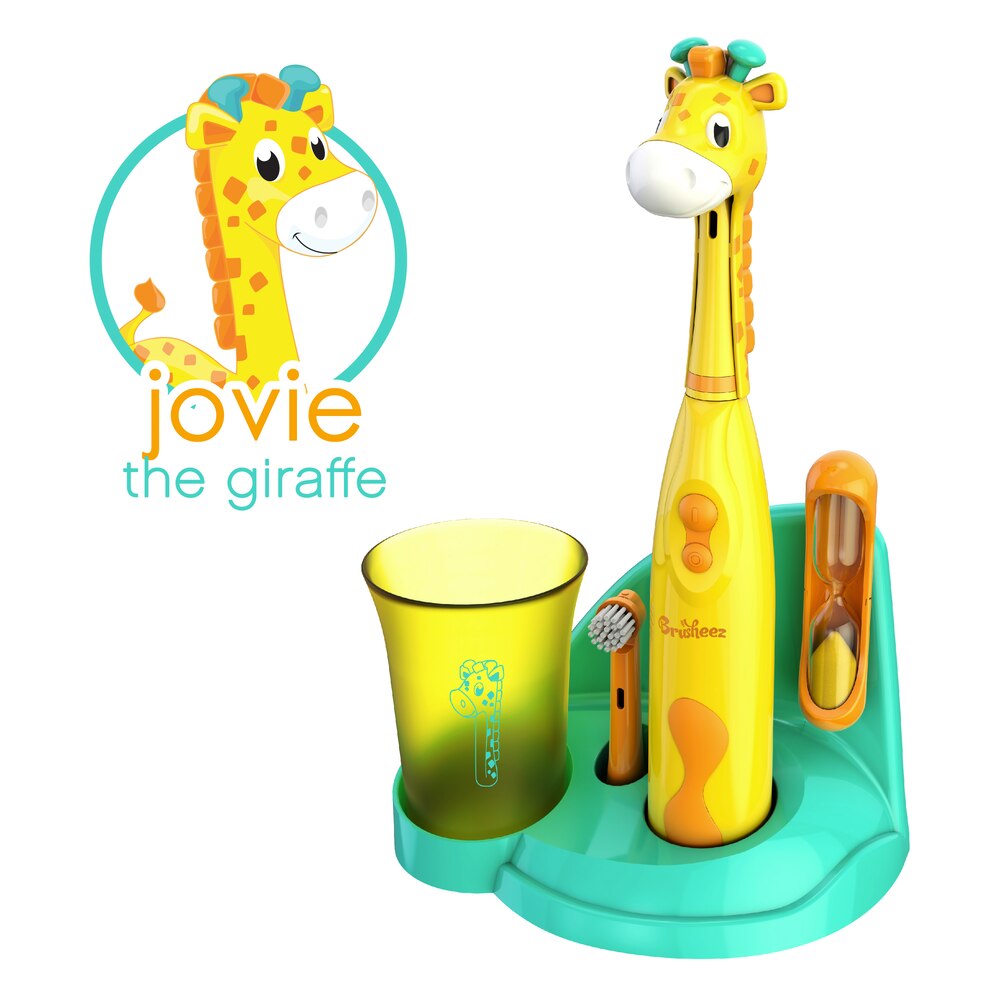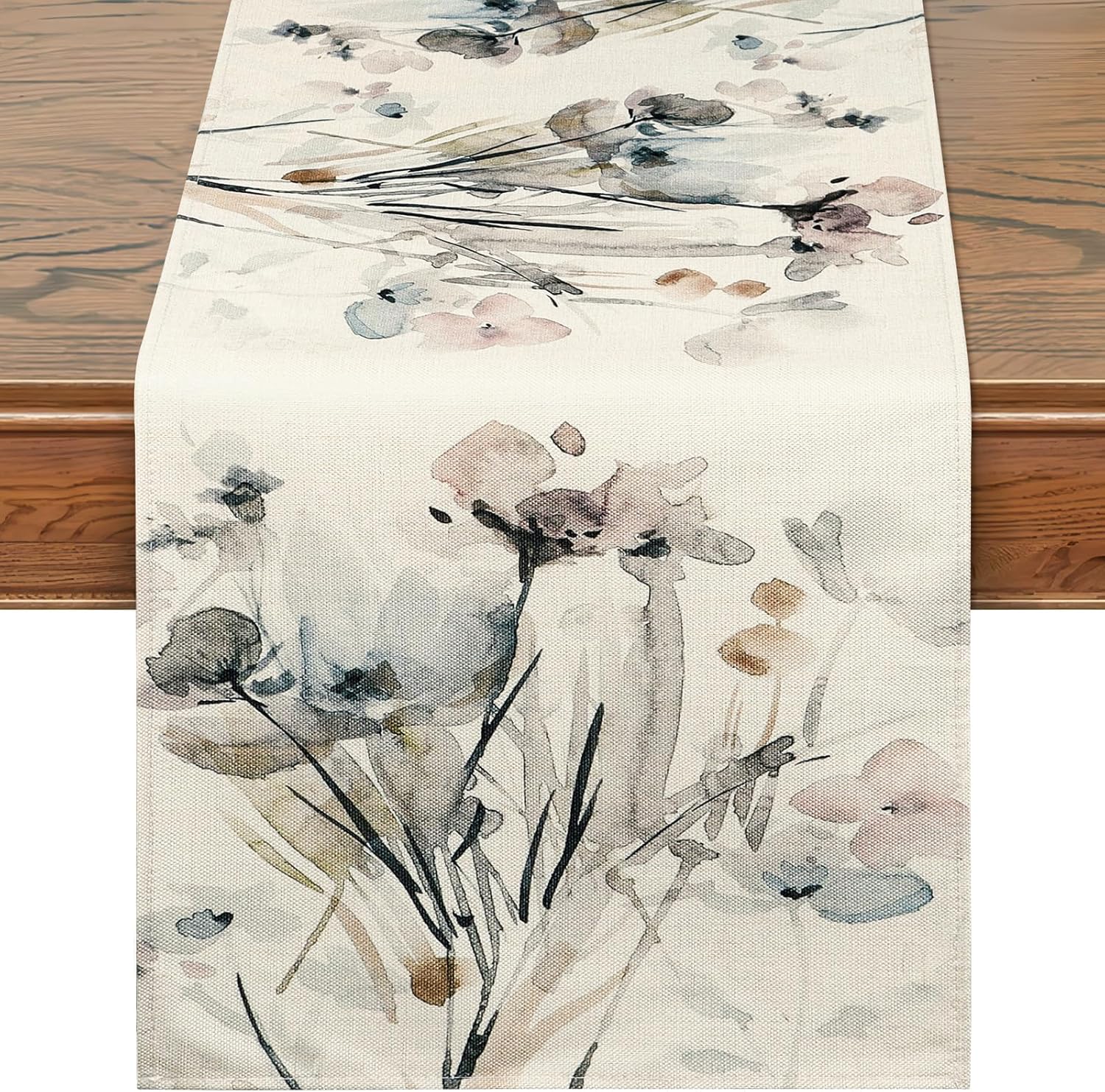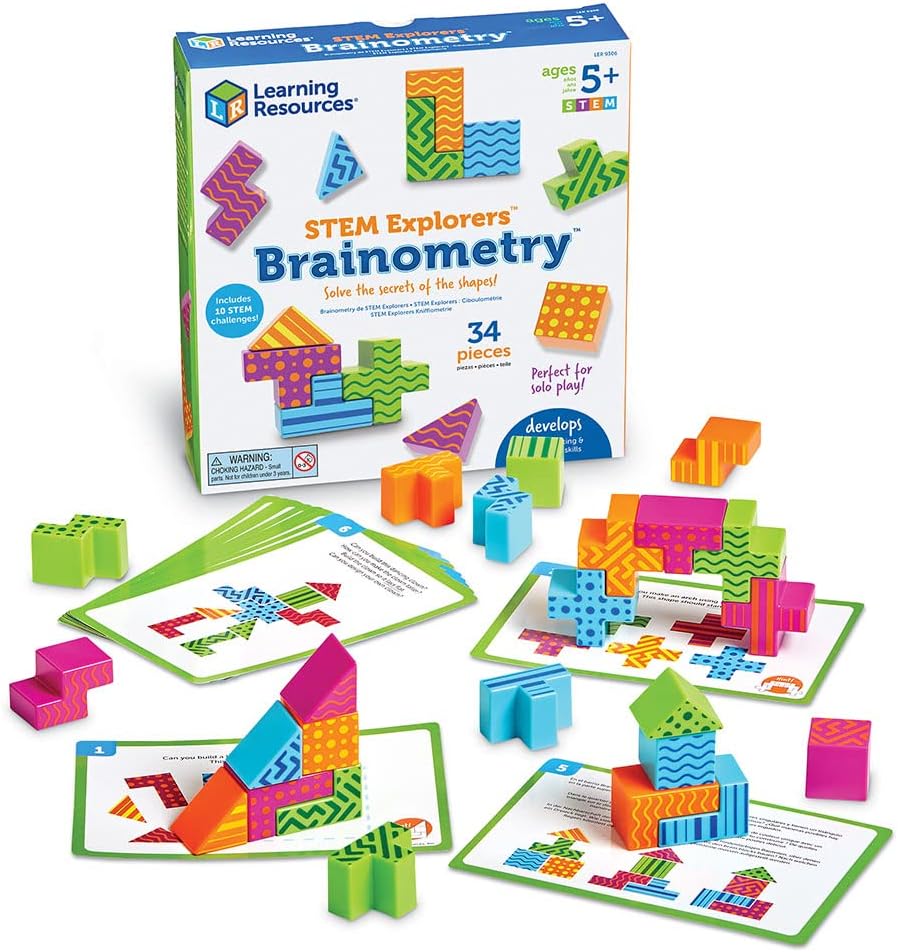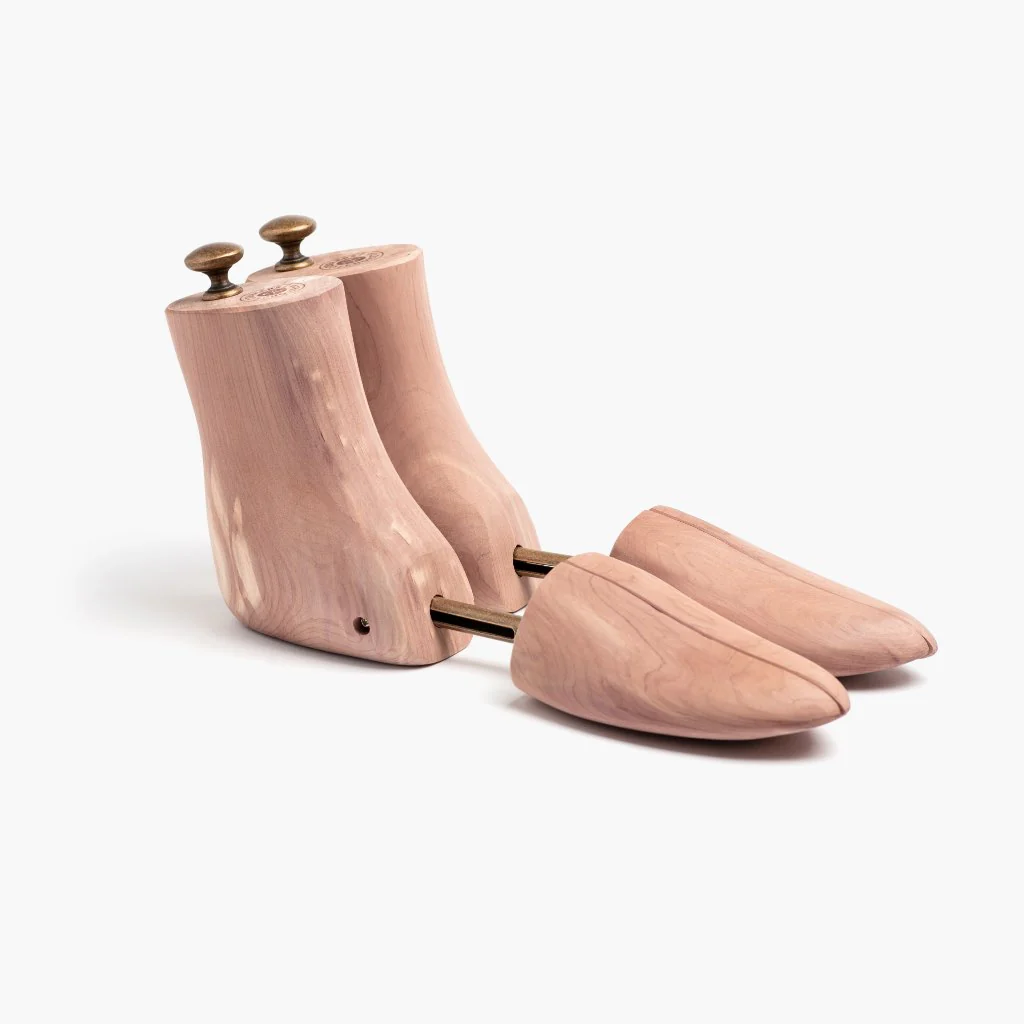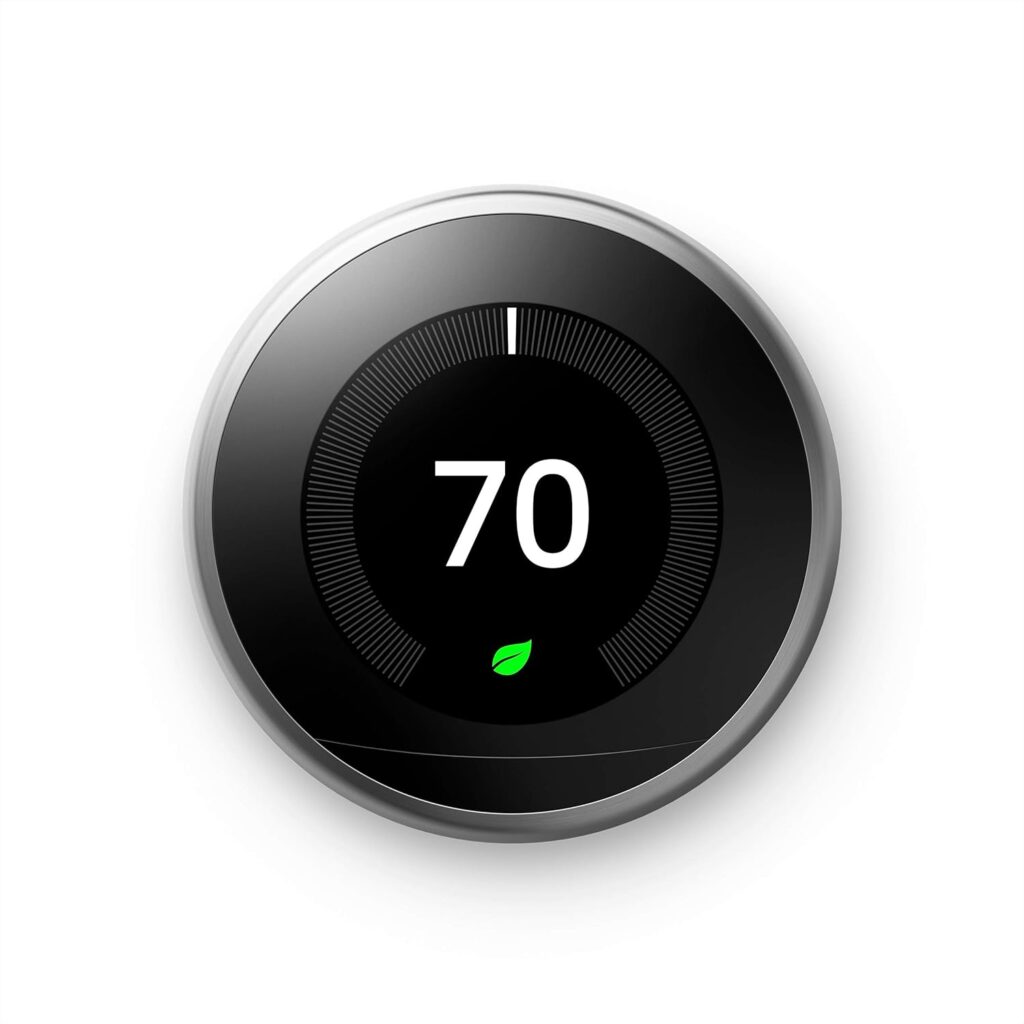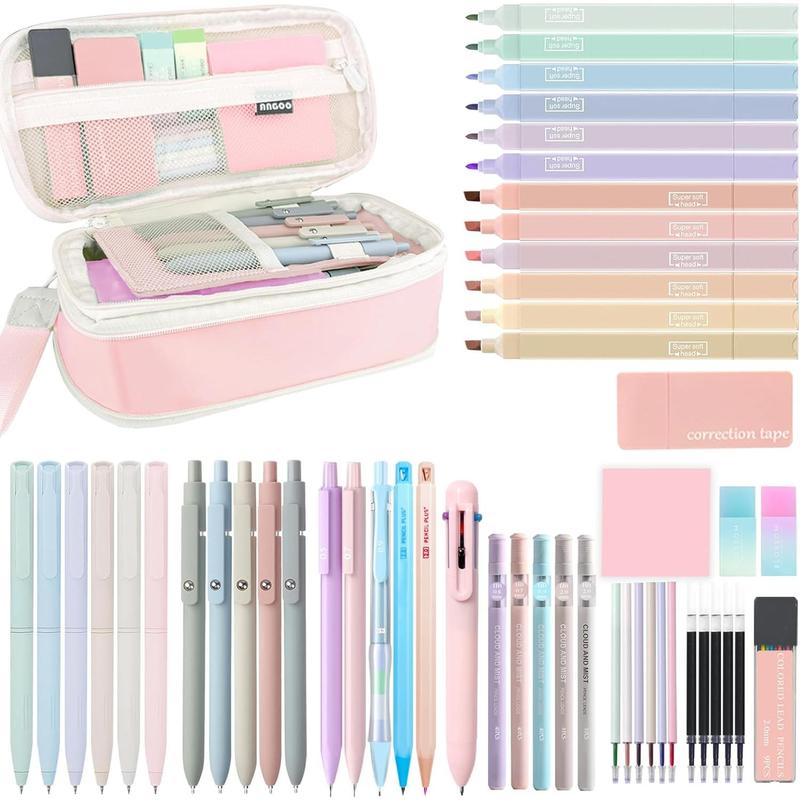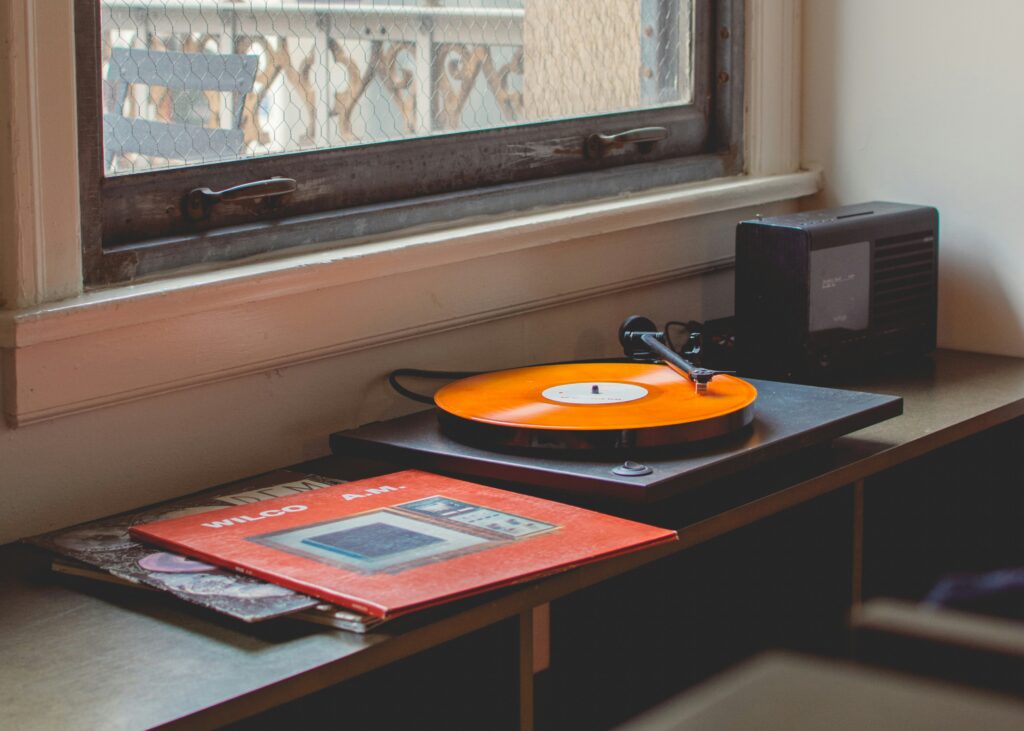Some toys shout in twelve primary colors; others whisper “you’ve got this.” The Mushie Toy Giftbox lands firmly in the second camp—soft tones, satisfying textures, and shapes that invite tiny hands to reach, grasp, and explore without overwhelming the senses. It’s giftable, photo-ready, and genuinely useful from the first weeks onward. Think of it as a calm little toolkit: pieces that soothe fussy moments, spark focused curiosity, and look beautiful left out on the coffee table (because, real talk, that’s where life actually happens).
In this article, we’ll turn the Mushie Toy Giftbox into a flexible routine you can use every day—at home, in the stroller queue, or at grandparents’ house. In this article, you’ll find age-by-age play prompts, tummy-time setups that don’t end in tears, travel and storage ideas, simple hygiene habits, sibling-friendly activities, and gifting touches that make your present feel personal without adding clutter. No specs, no stress—just practical ways to turn lovely objects into tiny developmental wins.
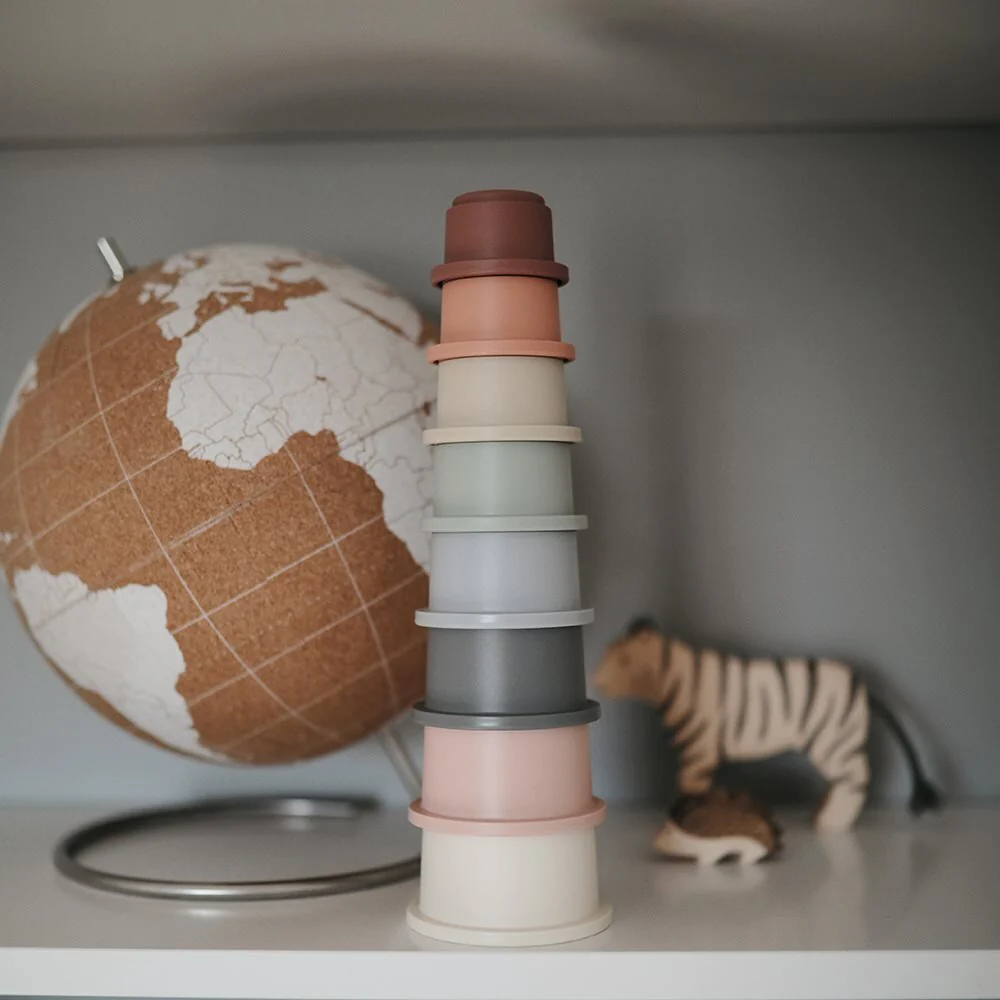
Why Mushie works (and keeps working)
Minimalist design isn’t just an aesthetic—it’s a strategy. Fewer, calmer stimuli help babies focus longer, which is exactly how grasp strength, hand-eye coordination, and early problem-solving grow. The pieces in the Mushie Toy Giftbox typically offer gentle contrasts (matte/smooth, soft/firm) and simple shapes that can be held from multiple angles. That means the same toy supports different skills as your child moves from reflexive grabbing to purposeful transferring, tapping, and two-handed play. You’ll notice your baby returning to favorites repeatedly; repetition is the point. Every “again!” is a little brain wiring itself more efficiently.
There’s also a parent benefit: the set looks cohesive in any room, so you’re more likely to keep it accessible instead of hiding it in a bin. Out of sight is out of mind—accessible toys get used, and used toys drive growth.
Unboxing and setting the vibe
Open the Mushie Toy Giftbox during a calm window—post-nap, post-feed. Lay a neutral blanket on the floor to create a defined play zone and place two or three pieces within easy reach. Resist the urge to introduce everything at once; spotlighting fewer items helps your baby attend, and it preserves the “new” feeling for later. Take a quick top-down photo of the set before mixing it into daily life. That snapshot becomes your reset guide and a sweet keepsake for the memory box.
For storage, choose a shallow basket or tray so toys are visible at a glance. Visibility is motivation—for babies and for you. A simple rotation schedule (swap a couple of items every few days) keeps curiosity high without requiring a toy library.
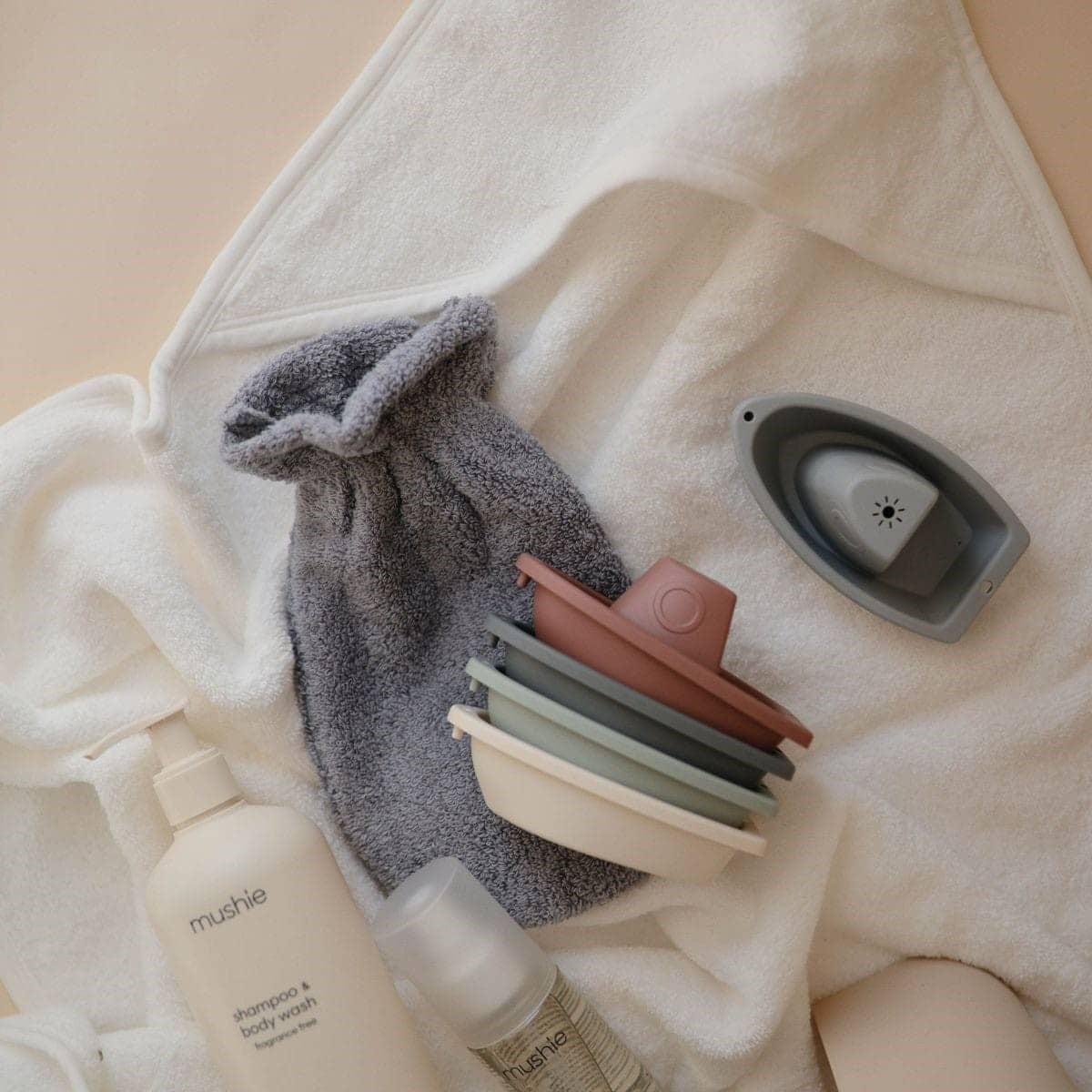
Age-by-age play ideas (use what fits, skip the rest)
In the 0–3 month window, your mission is gentle sensory input and bonding. Place one lightweight piece near your baby’s preferred head turn during tummy time to encourage a small lift and look. Let them bat or brush against the toy with the back of the hand, then the palm. Narrate simply—“tap, look, touch”—so sound and movement connect. For side-lying play, position the toy just above shoulder height to invite a reach across midline, which strengthens the core and shoulders without taxing the neck.
From 3–6 months, reach and grasp dominate. Offer a single toy at chest height so your baby practices the “scoop” rather than the “claw.” When they secure it, wait a beat before cheering; that micro-pause lets them register “I did it.” Introduce short transfer games—moving a toy from one hand to the other—during high-energy windows. You can also anchor a piece under a light muslin; the half-hidden reveal turns a simple object into a mini mystery.
At 6–9 months, the floor becomes a lab. Set two toys a forearm’s length apart to encourage small pivots and belly scoots. Place one near the edge of a low box to promote supported pulling-to-knees. If a toy rolls or slides, celebrate the “oops” and let the chase be part of the play; problem-solving thrives on tiny obstacles. This is a great moment to add object permanence games—cover, uncover, and watch anticipation bloom.
By 9–12 months, your baby is a busy scientist. Create cause-and-effect sequences: tap-tap-drop into a small bowl; stack-knock-laugh-repeat. Offer a soft “container play” setup with two baskets—“in” and “out”—and watch the fine-motor repetition unfold. Language can ride alongside: name actions (“drop,” “push,” “roll”) rather than quizzing for labels. Verbs build useful speech habits and keep the mood playful.
Tummy time that doesn’t feel like a chore
If tummy time has a PR problem in your house, rebrand it. Place one or two Mushie pieces on a slight wedge of a rolled towel so the visual target sits a bit higher. Your baby will lift for longer when success feels attainable. Switch positions frequently—tummy, side, back—and keep sessions short but frequent. A mirror nearby doubles engagement; babies are their own favorite toy, and a soft-hued object beside that face is irresistible.
Montessori-inspired play, minus the pressure
You don’t need a classroom to borrow Montessori principles—just a little intention. Present one toy at a time on an uncluttered mat. Let your baby explore independently before you show “a way” to use it. When you do model, move slowly and silently for a few seconds so the movement, not your words, becomes the lesson. Return the toy to its place when finished; even very young babies learn that “home” is where things live, which makes later tidy-ups painless.
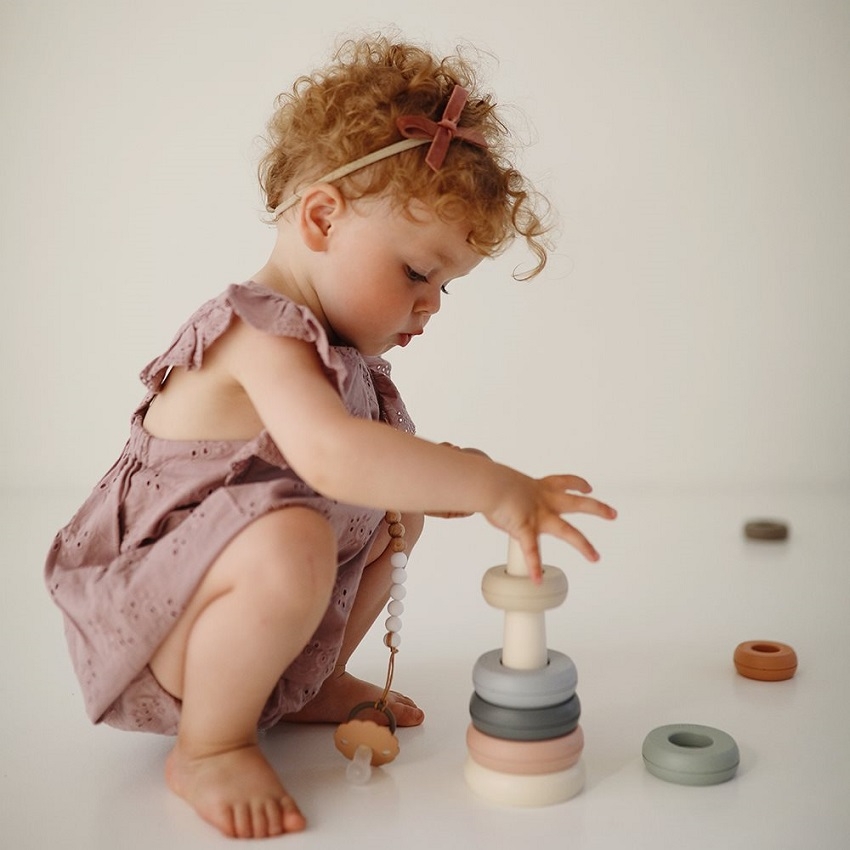
Outings, travel, and “we have ten minutes to wait”
Think “grab-and-go capsule.” Pop two toys and a mini muslin into a zip pouch that lives in your changing bag. For prams, attach one item with a soft strap so inevitable drops don’t become street archaeology. In waiting rooms, rotate toys slowly—offer one, let it earn yawns, then trade. On flights, the set’s quiet textures are a win; avoid rolly pieces unless you love aisle yoga. At relatives’ houses, set up a small “safe zone” on a blanket so your baby recognizes the play invitation instantly.
Hygiene and care (simple and sustainable)
Daily care can be as easy as a warm, soapy cloth wipe and a thorough air-dry. If a piece meets the great outdoors—or a determined teether—give it a more attentive clean that evening. Avoid harsh fragrances; babies’ noses are wise, and neutral wins. Store toys dry and ventilated; toss silica gel packets in the storage basket if your climate runs humid. A quick weekly “toy spa”—wipe, dry, reset—keeps the set fresh and ready.
Siblings & social play (aka: peace treaties)
Older siblings can be heroes with the right job. Ask them to be the “toy DJ,” choosing the next piece to present and narrating the action in simple words. This keeps little hands engaged in helpful ways and turns rivalry into collaboration. Offer a parallel-play mat so each child has a defined space; proximity without competition is the sweet spot for early harmony.
Gifting that feels personal (without adding clutter)
If you’re giving the Mushie Toy Giftbox at a shower, tuck in a tiny “play menu” card: three prompts for the first month, three for later. Add a neutral ribbon that matches the family’s palette and a short note that focuses on ease and joy rather than milestones. If friends are gifting together, choose one accent color across cards and wrap so the presentation feels cohesive in photos and calm in the home.
Troubleshooting common wobbles
If your baby seems “meh” about a toy, change the context before you change the item. New surface, new angle, or a gentle layer (under a muslin, next to a mirror) can reignite curiosity. If everything becomes a chew session, that’s development doing its thing—keep toys clean and offer a chilled (not frozen) cloth alongside to meet the sensory need. When overwhelm strikes, reduce the scene to one toy, one voice, and a slower pace. Babies borrow our calm; make yours audible in your breath and visible in your movements.
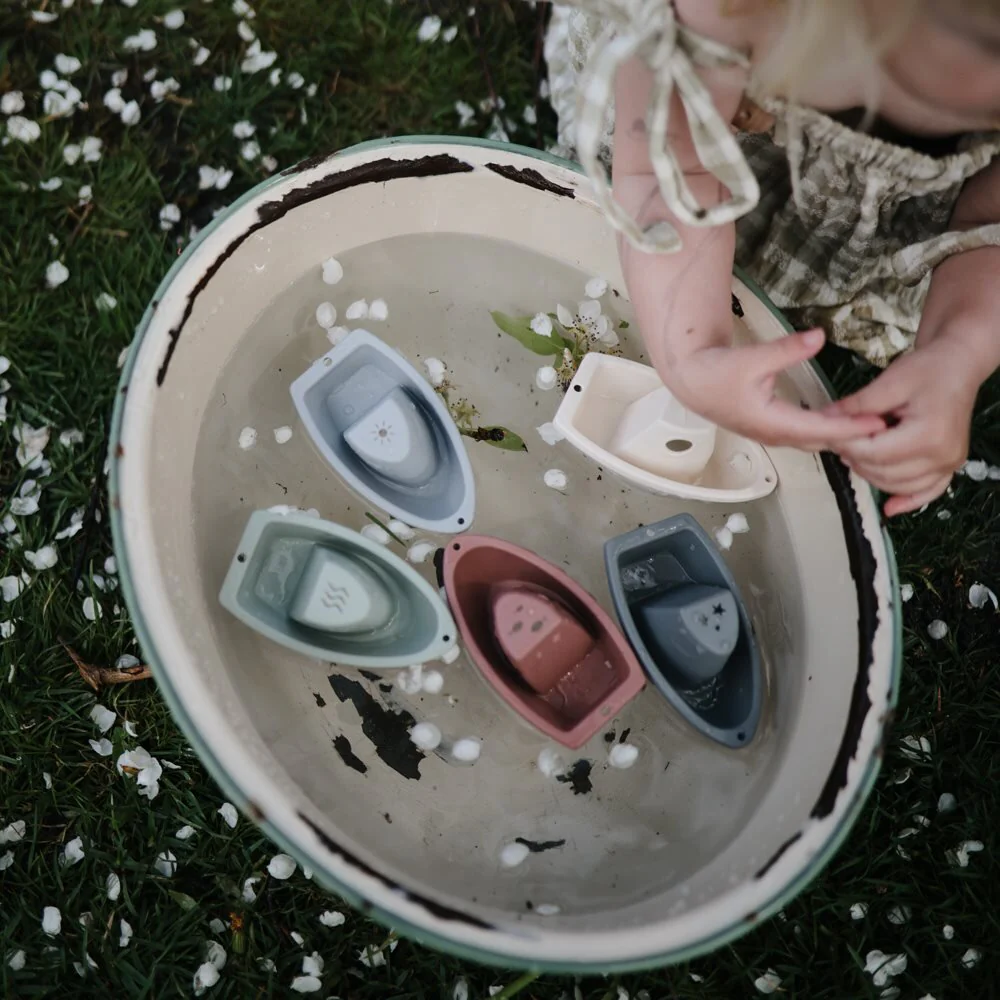
The keepsake factor
One unexpected joy of Mushie is how well it photographs. Once a month, stage a quick snapshot: toy in hand, tiny focus-face engaged. Slip a print into the baby book next to a few words about the current “favorite move.” Years from now, those micro-stories will tell the real tale of early play—quiet, consistent, and full of wonder.
Conclusion
The Mushie Toy Giftbox earns its place because it’s more than pretty—it’s practical. The soft palette keeps your home calm; the thoughtful shapes keep little hands busy; the cohesive set makes daily play effortless to start and easy to tidy. Use a slow unboxing, rotate a few pieces at a time, borrow simple Montessori habits, and pack a tiny travel capsule so the routine follows you. Over weeks, you’ll see longer attention, smoother tummy time, more confident grasping, and a baby who treats play as a safe, exciting space. That’s the quiet magic of good design doing good work.
FAQ
- What ages is the Mushie Toy Giftbox best for?
From newborn through the first year, with different pieces shining at different stages. Start with visual/tactile exploration and grow into grasp, transfer, and simple cause-and-effect. - How many toys should I present at once?
Two or three is usually perfect. Fewer items mean longer focus and less floor-confetti at tidy time. - Can I use the set during tummy time?
Absolutely. Place a toy just within reach on a slight towel wedge or beside a mirror to encourage gentle lifts and turns. - What if my baby only chews?
That’s developmentally normal. Keep items clean, offer a chilled cloth alongside, and mix in short hand-to-hand transfers to broaden the play. - How do I keep things feeling new without buying more?
Rotate. Swap a couple of pieces every few days and change the location or surface. Context is a powerful refresh. - Is the aesthetic really that important?
Calm visuals reduce overwhelm for babies—and for adults. When toys look at home in your space, you’ll keep them accessible and use them more. - Any quick sibling-friendly ideas?
Give older kids the “toy DJ” role or set up side-by-side mats for parallel play. Celebrate gentle handing-over and descriptive language. - How should I clean and store everything?
Wipe with warm, soapy water, air-dry completely, and store in a shallow, ventilated basket. Do a weekly refresh to keep pieces inviting. - What makes this a good gift beyond the unboxing moment?
The set grows with the child, photographs beautifully, and integrates into daily routines—so it gets used, not shelved. - How do I know play is “working”?
You’ll notice longer engagement, smoother reaches, purposeful transfers, and calmer tummy time. The best evidence is your baby returning to the toys with their own “again!” energy.

